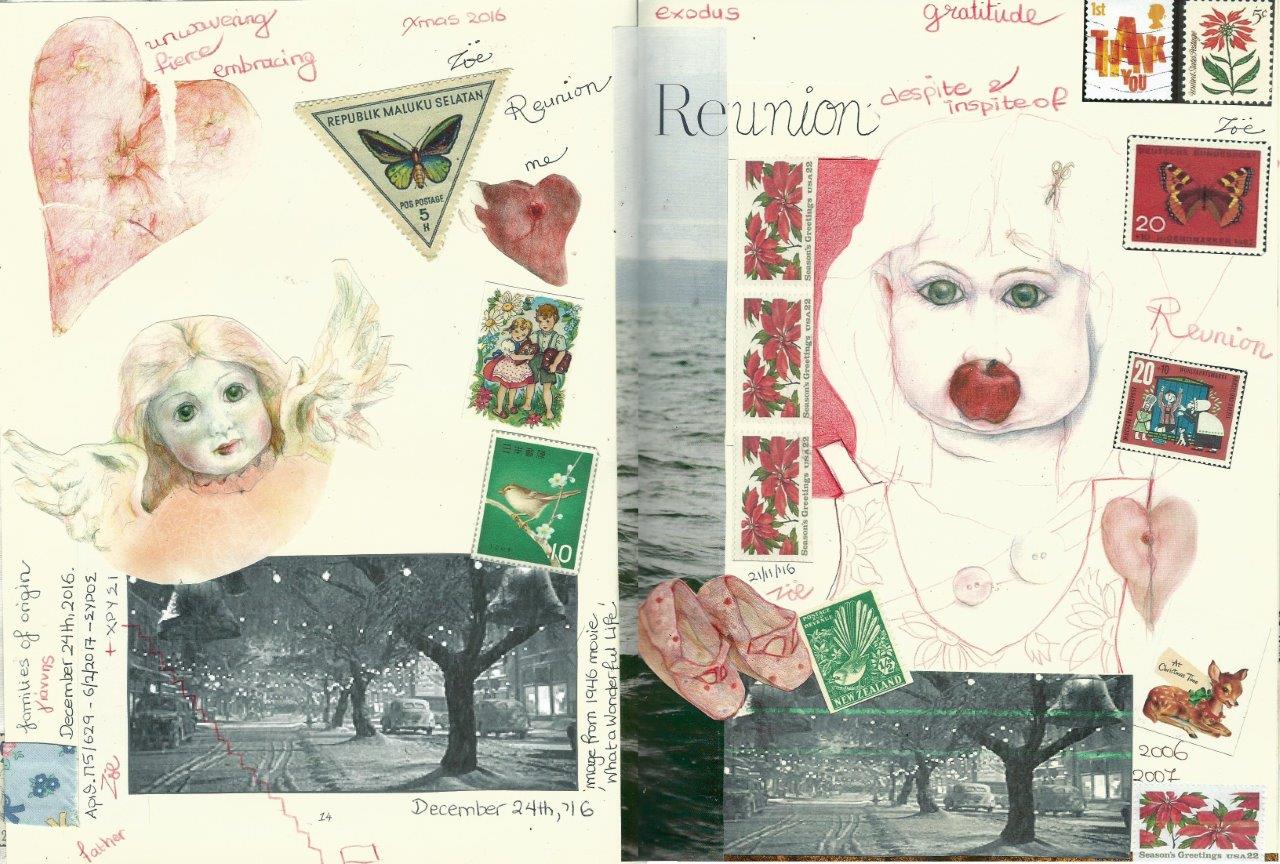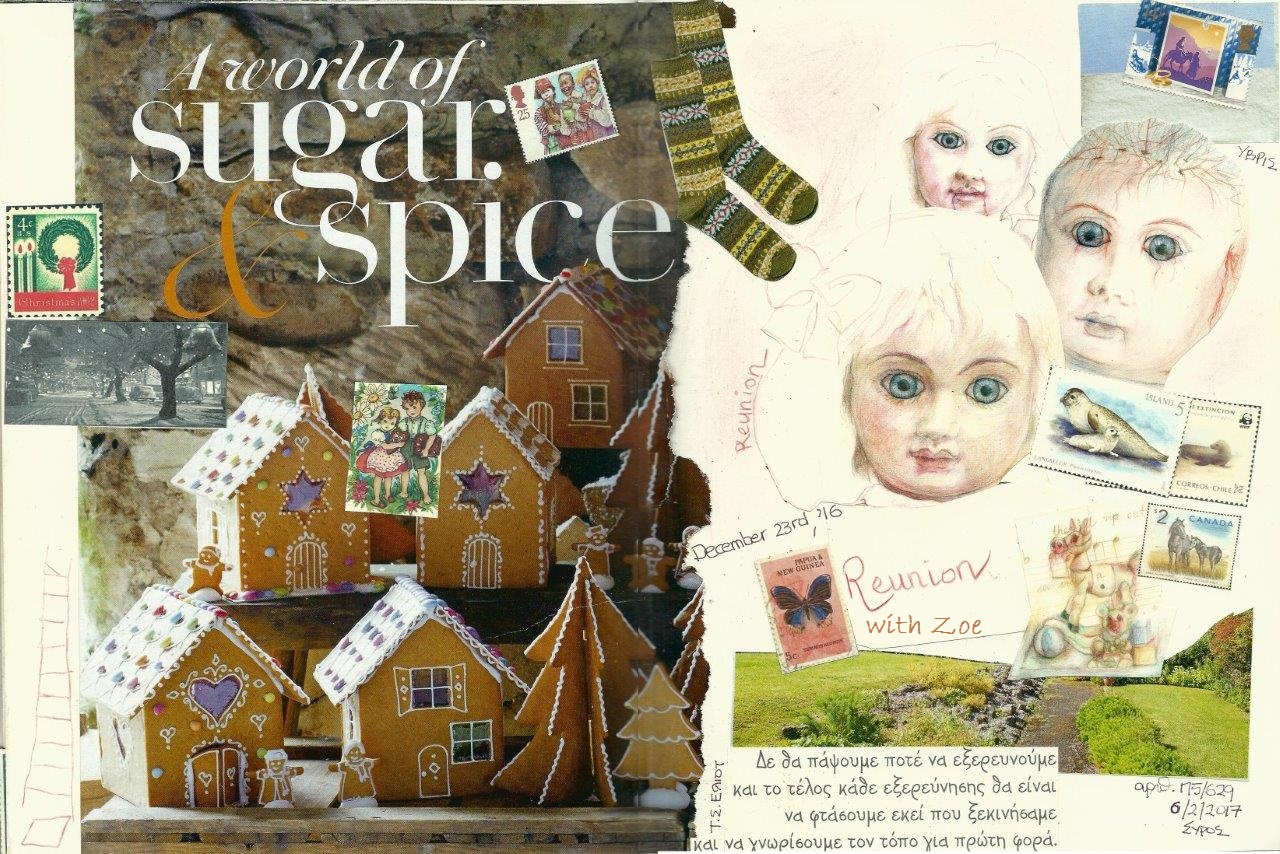
 Stories inside stories and the power of story telling….
Stories inside stories and the power of story telling….
British writer Michael Rosen* writes that as far back as 3000 years ago in the Odyssey by Homer or in the medieval Italian cycle of stories or in Chaucer’s Canterbury Tales we seem to find stories inside stories. He writes ‘whether in real life or in fiction, we seem to like it when people pass stories to us along a chain’. He also suggests that when we swap stories in a micro-second we tend to select one aspect of the story we hear – we find a story of ours to match that choice. He writes ‘at the moment of swapping, seemingly ordinary low-level chat has the capacity to make us swiftly find analogies and similarities’. He uses the example of the well known fairy tale, Hansel and Gretel, to explain how different themes of the story may resonate with us, according to our personal experiences and how through stories we position ourselves in the world. Finally Rosen claims that stories we hear get us thinking and talking and then our own stories surface. ‘We’ll start to swap anecdotes, discover themes, make generalisations’. So in this particular story, for some it might be the theme of abandonment and cruelty, for others it might be betrayal and poverty or resolution and redemption. For some it might be sibling love and familial reunion, and so on. Also, both in stories and imagery there may be all sorts of archetypes that are more universal – encountered across cultures. And I think that viewing images or art in a similar way will evoke different stories and lead to both similar and different understandings. Like a story or an anecdote an image, even a small postage stamp, can contain multiple layers of information. Different people will create different meanings and weave their own stories influenced by their own experience, as well as, the discourse in their cultural context. For instance, in the journal page above, the image I cut out from a magazine of the ginger bread houses can potentially conjure different memories or stories for each one of us. For some it may bring up a Christmas trip to Germany or Finland where they bought or ate a ginger bread house and for others it might be the smell of baking and making ginger bread cookies. Some will be reminded of the story of the Ginger Bread Man or Hansel and Gretel and possibly the underlying themes or the many aspects of these stories. Perhaps memories of reading these stories as a child or reading these stories to children will surface. For some it might trigger an olfactory memory of sugar and spice, where tea and such sweets and spicy cookies were consumed by family or friends on a cold December evening while watching an old Xmas film like What a Wonderful Life
*Michael Rosen, 2016, cited in the January edition of Country Living uk magazine
